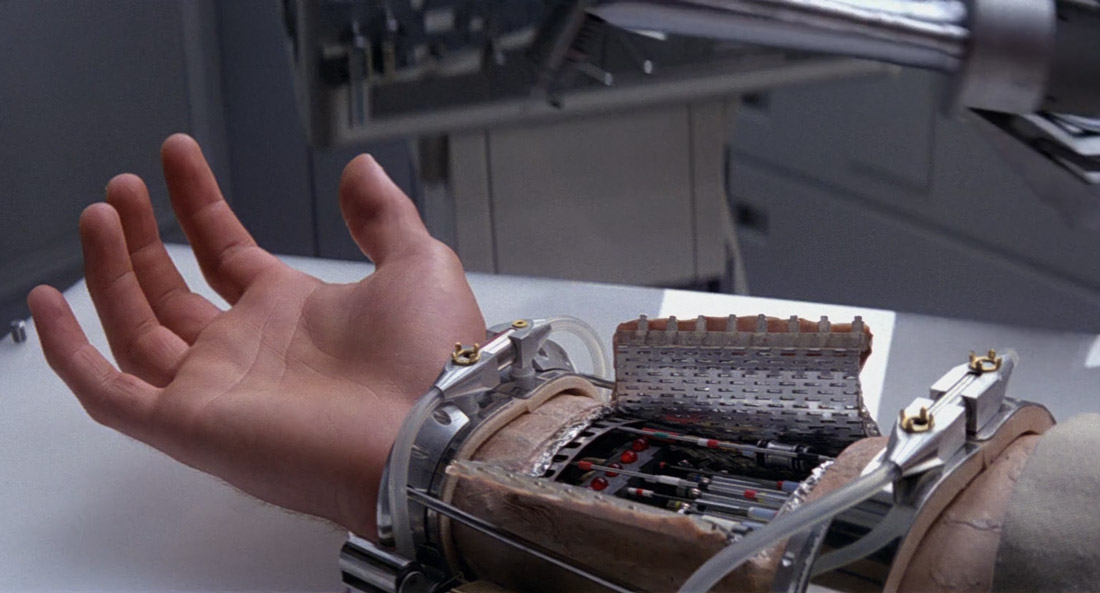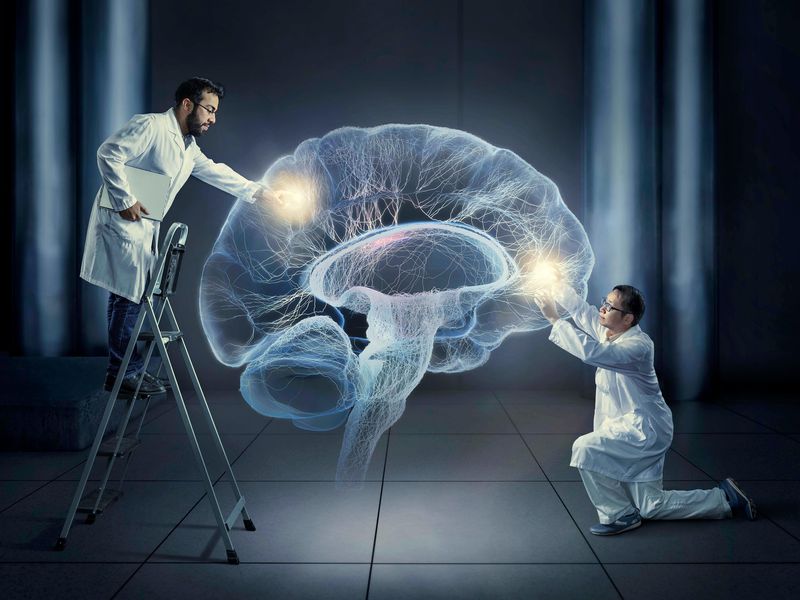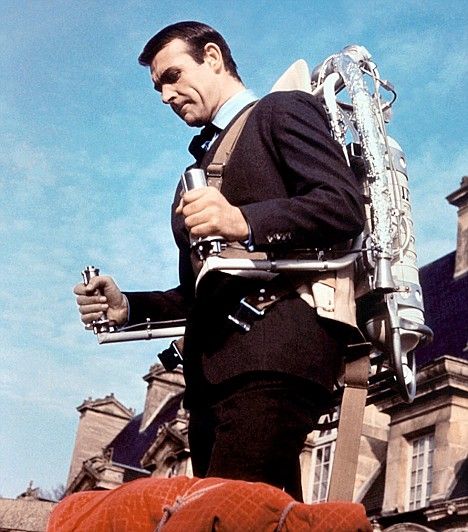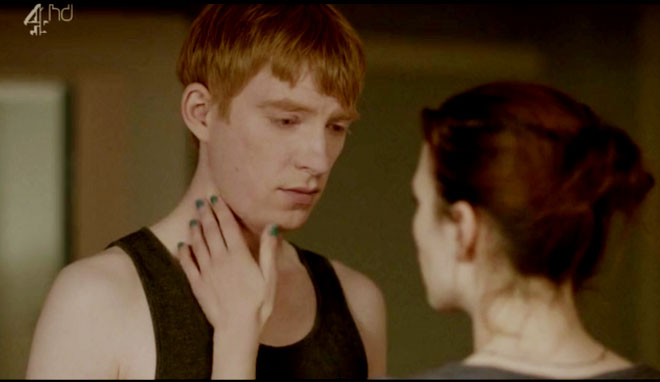From silent flicks to virtual reality features, filmmaking has come a long way since its advent in the 1890s. Thanks to technological advancement, progressive ways of thinking, and public demand, we’ve seen films evolve from black-and-white shorts to vibrant colour and more recently 3D and 4D experiences.Taking us from silent classics to the larger than life iMax experience; seeing audiences jump out of their seats as they go nose-to-nose with a T-Rex and travel to galaxies far, far away. With movie experiences and innovations developing in literal leaps and bounds, thanks to VR, we will be enjoying movies in new and spectacular ways, but what about the gadgets and innovations that we see on the big screen? Here is a roundup of ‘blockbuster innovations’ that actually made it to real-life.
Star Wars: The Empire Strikes Back and Next-Gen Prosthetics

Movie Fiction : During the ultimate movie reveal, Luke Skywalker loses his hand in a lightsaber duel with his father Darth Vader. He later has it replaced with a flesh-like cybernetic version.
Fact: Biologist Sara Correia Carreira says she was fascinated by Skywalker’s robotic hand as a child, now working at the University of Bristol bioengineering lifelike skin that can bend and stretch as normal skin does. Until now, fake skin has been created on a flat, rigid surface and so responds in a stiff manner. Dr. Correia Carreira is building a robotic framework over which the skin will be placed. This aims to mimic muscle movement and thus ensure the skin is flexible. If succesful, it could lead to tissue that more closely matches real skin grafts to treat burns and wounds, as well as on prosthetics. The trick is to attach the skin to the robotic muscles… has never been done before.
The Hitchhikers Guide to The Galaxy and In-Ear Translation
![]()
Movie Fiction: Sliding a Babel fish into your ear to translate any language in real time.
Fact: Google’s Pixel Buds and Bragi’s Dash Pro provide instant translation through wireless earbuds in up to 40 languages. Both buds rely on an app to make the translation magic happen. One person wears the earbuds while the other listens and speaks through the smartphone. Bragi takes it to the next level with earbud-to-earbud translation. It’s not quite up to the Babel fish, but we are one step closer to real-time translation!
Blade Runner: The Final Cut and Memory Implants

Movie Fiction: Memory implants inserted into the brain at birth make it possible to record a person’s life from their point of view.
Fact: Samsung and Sony are researching the devleopment of a smart contact lens that can take photos and record video. Based on patents filed by each company, the lens would be controlled by eye movements or blinking – triggering the miniature camera. Sony lenses feature a wireless storage unit to store video.
Total Recall 2012’s Cybernetic Hand-Implanted Mobile Phone.

Movie Fiction: Mobile phone technology is implanted under the skin to allow users to make / take calls by holding their hand to their ear.
Fact: The SGNL smartwatch strap connects your smartphone via Bluetooth and could turn your finger into a phone receiver. This is all thanks to a built-in mic and vibrations that travel down your wrist to your fingertip when you touch your finger to your ear, amplifying the sound within your ear cavity.
James Bond’s Jet Pack

Movie Fiction: Thunderball famously sees James Bond fly to safety after an encounter with two armed gunmen.
Fact: In 2009, over 40 years after Thunderball, German entrepreneur Hermann Ramke created his own version of the device. The pack uses not rockets, but high-pressured water jets fed by a pipe, which are capable of pushing a user 50ft. into the air. Users can soar across the water for 200 miles before the pack needs to be recharged.
9 years in development, the ‘JetLev-flyer’ retails for £160,000. Ramke can only hope it ends up in the hands of wannabe Bonds, not Blofelds.
Black Mirror: Be Right Back and Digital Clones.

Movie Fiction: A TV show yes, but always pushing the boundaries and keeping us hooked. In an episode where a synthetic AI substitute is created using the online history, photos and videos of a deceased loved one to bring him back to ‘life’.
Fact: The US-based Terasem Movement Foundation is developing the technology needed to digitally resurrect people by transferring their thoughts, opinions and memorie, along social media interactions, to a computer to immortalise their consciousness in a robot clone. A working prototype and disturbingly realistic robotic representation, Bina48 exists and is based on the designer’s wife. More than 56,000 people have signed up and could be embedded in robot clones in 10-20 years time.












